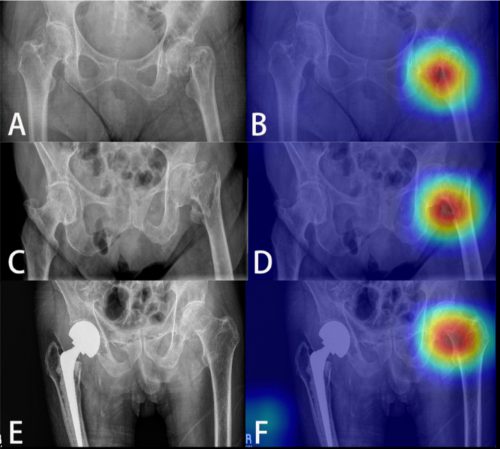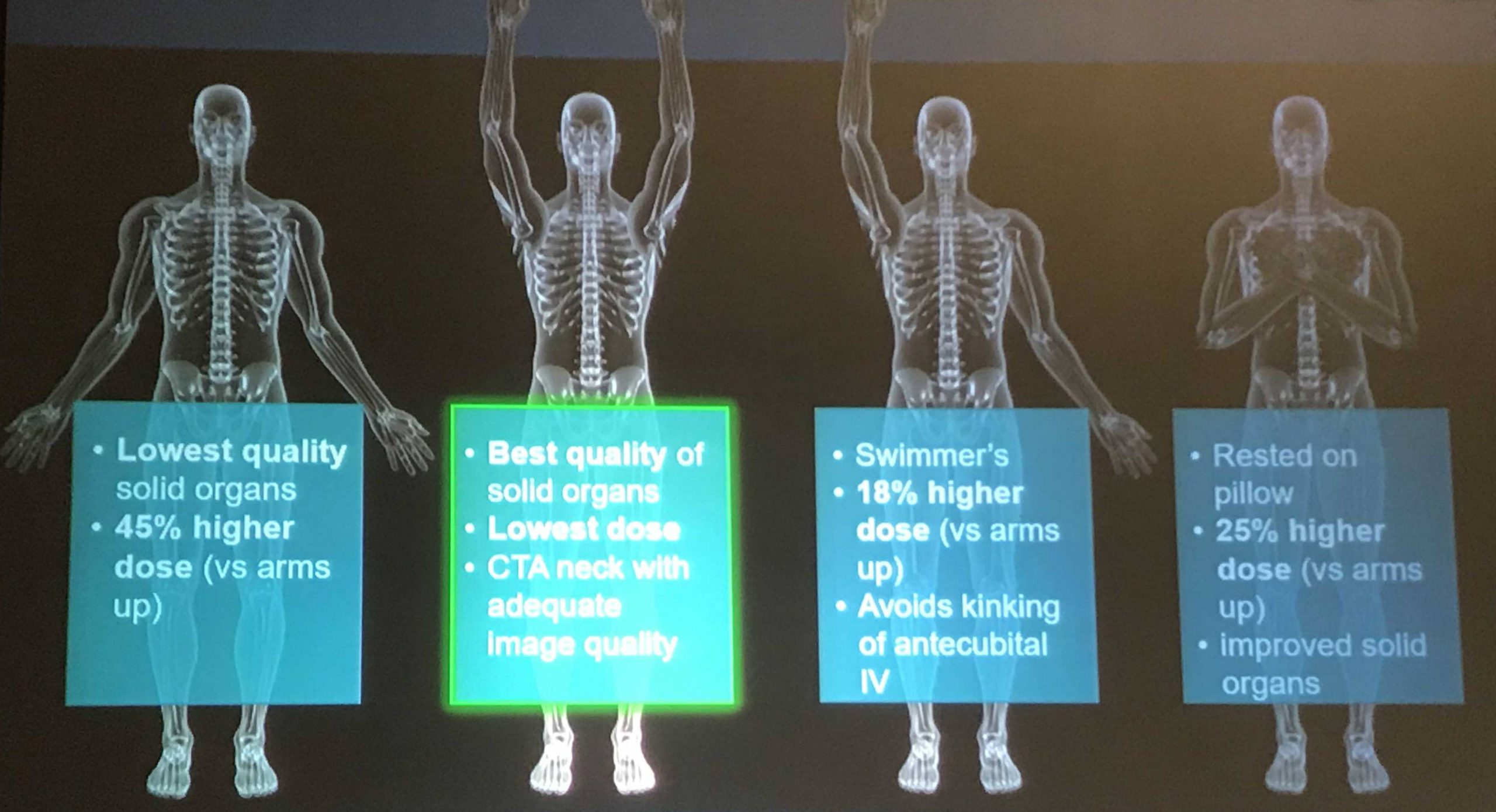Currently, blunt carotid and vertebral artery injury (BCVI) is diagnosed using CT angiography of the great vessels and neck. This study is typically ordered when there is some degree of clinical suspicion based on the application of an established screening system. There are currently two such systems in use, Denver and Memphis.
I dedicated a week to BCVI earlier in the year. If you’d like to read the series, click here.
Both screening systems have been updated over the years. There is now a modified Memphis and an expanded Denver system. The reason for the modifications is simple: some patients were not flagged as at risk by the original versions of the systems. Does this mean we should screen more, or even screen everybody?
To answer this question, it’s important to have an idea of the number of patients who actually sustain the injury. This means having a liberal screening policy in place in the first place. The trauma group at Ascension St. Vincent Hospital in Indianapolis liberalized their criteria in 2012 and first published their experience in 2015. In this abstract, they examined their experience in screening all high-energy patients and reviewing how many patients would have been screened using the expanded Denver criteria.
Here are the factoids:
- This is a single-center, retrospective study carried out over 5.5 years
- A total of about 17,000 blunt trauma patients were seen, and about 30% underwent CTA neck for BCVI screening
- About 1% of total patients screened were found to have BCVI, which was about 3% of those who underwent CTA
- Sixteen percent of patients who actually had BCVI did NOT meet any of the expanded Denver criteria
- Ten percent of patients with grades III-V injury did not meet any of the criteria
The authors concluded that using the expanded Denver criteria alone will result in missed injuries and that liberalized screen should be considered to decrease risk.
Bottom line: Once again, this is a paper that conforms to my own bias and experience, so I have to work to be critical of it. We have seen delayed diagnoses of this injury at our center using the standard criteria. For that reason, we recently implemented a guideline to add CTA neck on any patient with a mechanism sufficient to warrant CTA chest (we are not automatic pan-scanners).
This is a straightforward descriptive study at a center that has had a liberal BCVI screening guideline for nearly a decade. The only opportunity for bias lies in the specifics of the screening criteria. In St. Vincent’s case, it is simple: any patient with a mechanism sufficient to require CT cervical spine or chest received CTA neck as well.
I would argue that this might be a bit too liberal. There are many elderly patients who fall that require cervical spine CT, but the mechanism should be insufficient to sustain a BCVI. It can be an add-on study if fracture patterns are seen that fall within the Denver or Memphis criteria.
Here are my questions for the authors and presenter:
- Why choose the Denver criteria? Why not look at Memphis, too? I’m sure you will find similar issues.
- Did you analyze your elderly falls patients who got their CTA based on your cervical CT criterion? It seems like this could result in substantial overtriage. Did you actually detect any BCVI in this group if they didn’t have one of the classic fracture patterns?
This is an important abstract, and I’m looking forward to hearing all the specifics! It looks like it may be time to seriously consider the energy of the mechanism, if not ditch the criteria altogether.
Reference: ROUTINE CT SCREENING FOR BLUNT CEREBROVASCULAR INJURY IDENTIFIES INJURIES MISSED BY CLINICAL RISK FACTORS. EAST 35th ASA, oral abstract #35.



